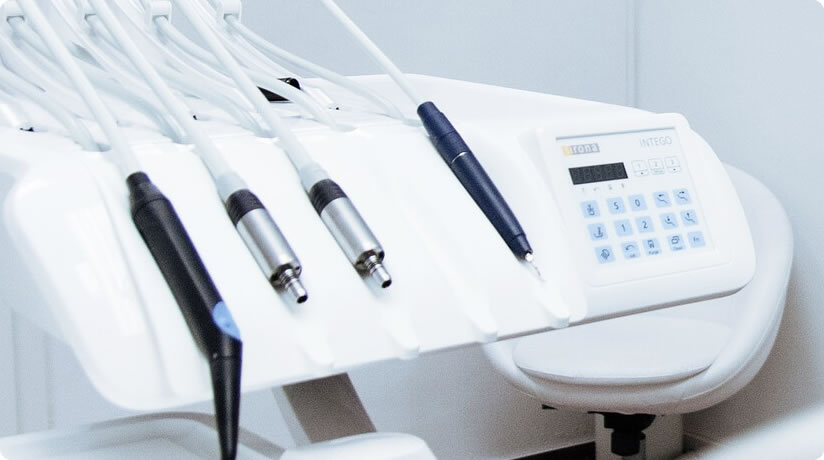![]() Bridle Trails
Family Dentistry - (425) 881-9333
Bridle Trails
Family Dentistry - (425) 881-9333
![]() Spring District
Family Dentistry - (425) 454-4298
Spring District
Family Dentistry - (425) 454-4298
![]() Bridle Trails
Family Dentistry - (425) 881-9333
Bridle Trails
Family Dentistry - (425) 881-9333
![]() Spring District
Family Dentistry - (425) 454-4298
Spring District
Family Dentistry - (425) 454-4298

Bioceramics are ceramic materials designed specifically to be used in medical and dental implants. They replace hard tissue, including dental tissue, and can be bioactive (meaning they bond with living tissue and are gradually incorporated) or bioinert (meaning they do not interact with living tissue). Common bioceramics used in endodontics are alumina, which is highly resistant to wear, and calcium phosphate, which bonds to bone and promotes new bone growth.
How Do Bioceramics Affect Root Canal Treatment?
Thanks to bioceramic fillers and sealers, your root canal treatment can have an even better result! It will take fewer visits to complete than it used to, and the way the material bonds to the tooth gives it a higher chance of success. Just don’t take that as an excuse to skip out on your daily brushing and flossing!

Diagnodent Detects Tooth Decay Before It’s Visible
Visual examinations and x-rays can help us find decay on the surfaces of your teeth, but sometimes these methods are less effective at discovering decay inside a tooth. That’s why Dr. Nomi uses the Diagnodent Pen during your appointment.
Diagnodent Uses Laser Scanning To Protect You From Tooth Decay
Diagnodent is small and portable, and it uses a safe laser scanning system to measure fluorescence inside each tooth’s structure. Healthy teeth have little or no fluorescence whereas teeth with decay have higher levels of fluorescence. Diagnodent allows us to spot danger areas before they’re visible to the naked eye. This highly advanced dental technology is non-invasive and painless.

Dental X-rays enable dentists to see decay inside teeth that would not be visible to the naked eye. This allows us to act earlier against cavities, which is much better for the teeth.
However, X-rays do expose patients to radiation, which is why you always wear a lead apron when the images are being taken. Thanks to advances in technology, there is now a safer way to take these images.
How Bridle Trails Family Dentistry Reduces Radiation Exposure from Patient X-Rays
Film X-rays have been used in dentistry for decades. In the past few years, many forward-thinking dentists like Dr. Nomi have invested in digital X-ray technology. Film X-rays cost a bit less than digital X-rays but the increased exposure to film X-rays is more harmful to a patient’s overall health. Our digital X-ray emits as much as 85 percent less radiation than traditional X-ray technology.
Why Bridle Trails Family Dentistry Invested in Digital X-Ray Technology
Digital X-rays are one of the most important new advances in our office. We are not only able to reduce your exposure to radiation but also increase the diagnostic proficiency. In addition to increased diagnostics, we reduce the amount of harmful chemicals and other waste materials associated with traditional X-ray technology. The reduction in waste was a big consideration when deciding to invest in digital technology. We pride ourselves in being environmentally responsible.
An intraoral camera is a small, pen-like device with a camera on the end. The camera contains a bright LED which helps us diagnose cavities or fractures that are difficult to see with the naked eye. The camera is connected to a monitor which allows you to see up close what Dr. Nomi is seeing. This dramatically improves your dental experience by helping you understand why Dr. Nomi would recommend a certain treatment.
Why We Use an Intraoral Camera
Our goal here at Bridle Trails Family Dentistry is to make your experience as easy and effective as possible, which is why we use an intraoral camera in our diagnostic process. Patients have routinely expressed their appreciation of our intraoral camera. They get to see up close the state of their teeth, including problems such as cracked teeth, decay, worn-out or defective fillings, bleeding gums, and tartar.